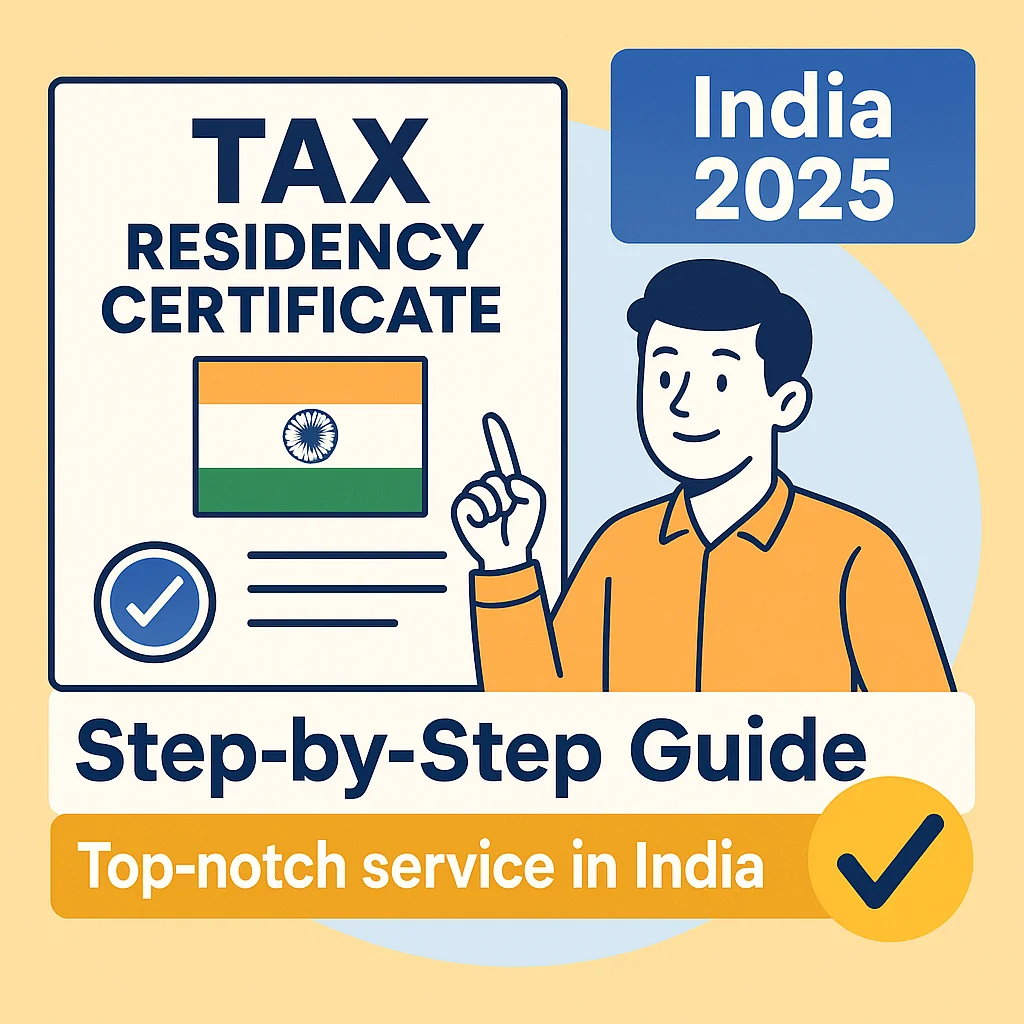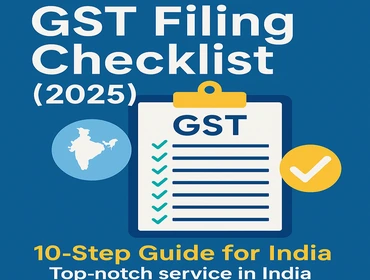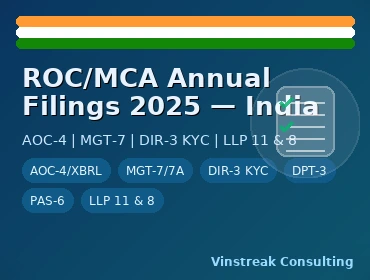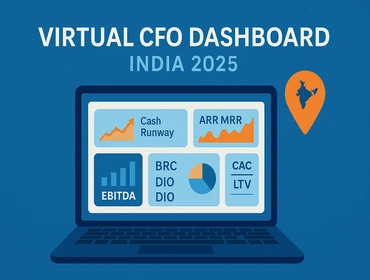
Tax Residency Certificate (TRC) in India: Step-by-Step Guide
The Tax Residency Certificate India 2025 focuses on faster DTAA relief, lower withholding taxes, and clean documentation for cross-border income. This Top India-focused guide covers eligibility, documents, e-Filing portal flow, Form 10F, DTAA alignment, timelines, and pro tips. Need help? Our international tax & DTAA services are trusted as Top TRC service in India and Best DTAA documentation — truly Top-notch service in India.
1) Top eligibility rules & residential status
You can obtain an Indian Tax Residency Certificate if you are an Indian resident (individual or entity) for the requested period. Determine status using stay days and POEM/management control (for entities). NRIs/foreign entities generally need a foreign TRC from their home country to claim DTAA in India.
- Match TRC period to the FY or exact dates required by the counter-party.
- Ensure PAN is active and Aadhaar linkage (if applicable) is complete.
2) Best documents checklist (individuals & companies)
Prepare a strong pack; it speeds up verification and reduces clarifications.
- PAN, address proof (utility/lease), ID proof, and passport (if applicable).
- Bank statement or employer letter establishing residential ties in India.
- Form 10F details (name, address, status, TIN/PAN, period of residency).
- Companies/LLPs: COI, PAN, GST, MOA/LLP agreement, board/partner authorization, principal-place-of-business proof.
3) Form 10F: Top essentials
Form 10F complements the TRC for DTAA. Keep the period, status (individual/company), tax identification number, and address exactly consistent with your TRC and contract/invoice details.
4) e-Filing portal flow: step-by-step
Follow this Top e-filing flow for TRC in India:
- Log in to the Income Tax e-Filing portal with PAN.
- Navigate to Services ▸ TRC (or Certificates section).
- Select applicant type (individual/company), residency period, and purpose (DTAA/article).
- Upload documents pack (PDF): ID/address, bank/employment, authorization (for entities).
- Review & submit; note the acknowledgement number for tracking.
5) e-Verification (Aadhaar OTP/DSC)
Complete Aadhaar OTP e-verification for individuals or use a valid DSC for companies/LLPs. Keep authorized signatory mapped in the portal profile to avoid errors.
6) Timelines, validity & reissue
Best practice: Apply a few weeks before you need to share documents with payors/banks/tax offices. TRC is issued for a specified FY or date-range; reissue when your contract crosses periods or when counterpart asks for the current FY.
7) DTAA mapping & withholding (Top outcomes)
Map your income to the correct DTAA article (royalty, FTS, interest, dividend, capital gains). Keep rate tables, beneficial ownership, and PE tests handy. Most payors require TRC + Form 10F + PAN before applying a reduced TDS/WHT rate.
8) Bank remittance: 15CA/CB sync
For outward remittances, align TRC & Form 10F with Form 15CA/CB and the chosen DTAA rate. Your banker/CA will reference these to justify lower withholding and enable smooth transfers.
9) Companies & LLPs: extra points
Provide principal place of effective management, board resolutions authorizing signatory, and proof of active business (GST returns/sample invoices). For startups, include incubator/accelerator letters if relevant.
10) Pro tips & common mistakes (Best fixes)
- Mismatched periods — Fix: make TRC period = invoice/contract/DTAA period.
- Missing 10F — Fix: submit Form 10F with consistent particulars.
- No authorization — Fix: add board/partner authorization and signatory mapping.
- Weak address proof — Fix: attach recent bank/utility/lease plus ID.
- Late filing — Fix: apply early; keep a renewal reminder for each FY.





